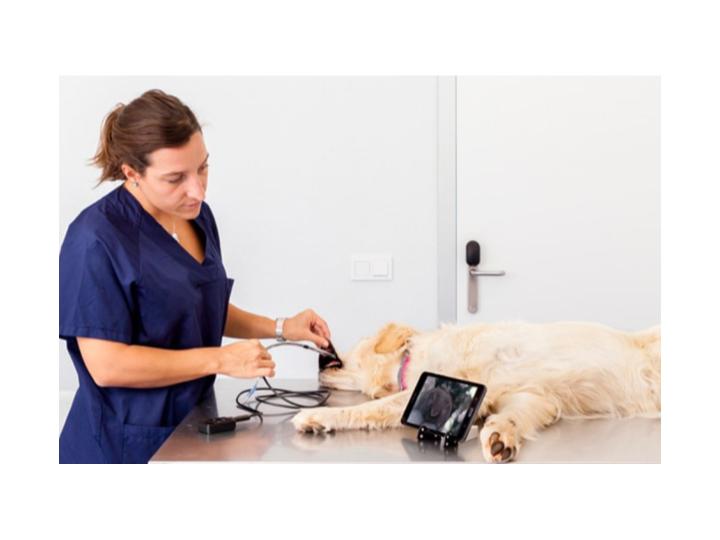As veterinary medicine continues to advance, endoscopy has become an increasingly popular diagnostic and therapeutic tool. In this article, we will explore what veterinary endoscopy is, the different types of endoscopy, and how it is used in veterinary medicine.
What is Veterinary Endoscopy?
Veterinary endoscopy is a minimally invasive procedure that allows veterinarians to examine the interior of an animal’s body without making large incisions. This is done by inserting an endoscope, a flexible tube with a camera and light source at the end, through a natural opening in the body such as the mouth, anus, or nostrils.
Endoscopy can be used for both diagnostic and therapeutic purposes. It can help diagnose a variety of conditions such as gastrointestinal diseases, respiratory diseases, and urinary tract infections. It can also be used to remove foreign bodies, take biopsies, and perform other minimally invasive procedures.
Types of Veterinary Endoscopy
There are several different types of endoscopy that can be used in veterinary medicine. These include:
Gastrointestinal Endoscopy
Gastrointestinal endoscopy is used to examine the inside of the digestive tract. This can help diagnose conditions such as inflammatory bowel disease, foreign body obstructions, and cancer. During a gastrointestinal endoscopy, the endoscope is inserted through the mouth or anus and is guided through the esophagus, stomach, and intestines.
Respiratory Endoscopy
Respiratory endoscopy is used to examine the inside of the respiratory tract. This can help diagnose conditions such as pneumonia, bronchitis, and asthma. During a respiratory endoscopy, the endoscope is inserted through the nose or mouth and is guided through the trachea and lungs.
Urinary Endoscopy
Urinary endoscopy is used to examine the inside of the urinary tract. This can help diagnose conditions such as bladder stones, tumors, and infections. During a urinary endoscopy, the endoscope is inserted through the urethra and is guided through the bladder and ureters.
Laparoscopy
Laparoscopy is a type of endoscopy that is used to examine the abdominal cavity. It can help diagnose conditions such as tumors, cysts, and abdominal bleeding. During a laparoscopy, the endoscope is inserted through a small incision in the abdomen and is guided through the abdominal cavity.
Benefits of Veterinary Endoscopy
There are several benefits to using endoscopy in veterinary medicine. These include:
Minimally Invasive
Endoscopy is a minimally invasive procedure that does not require large incisions. This means that it is less painful and has a faster recovery time than traditional surgery.
Accurate Diagnosis
Endoscopy allows veterinarians to see the inside of an animal’s body in real-time. This can help diagnose conditions that may not be visible on x-rays or ultrasounds.
Minimizes Risk of Complications
Because endoscopy is minimally invasive, it minimizes the risk of complications such as infection and bleeding.
Conclusion
Veterinary endoscopy is an important diagnostic and therapeutic tool that has become increasingly popular in veterinary medicine. With its many benefits, it has revolutionized the way we diagnose and treat a variety of conditions in animals. As technology continues to advance, we can expect endoscopy to become even more widely used in the future.

